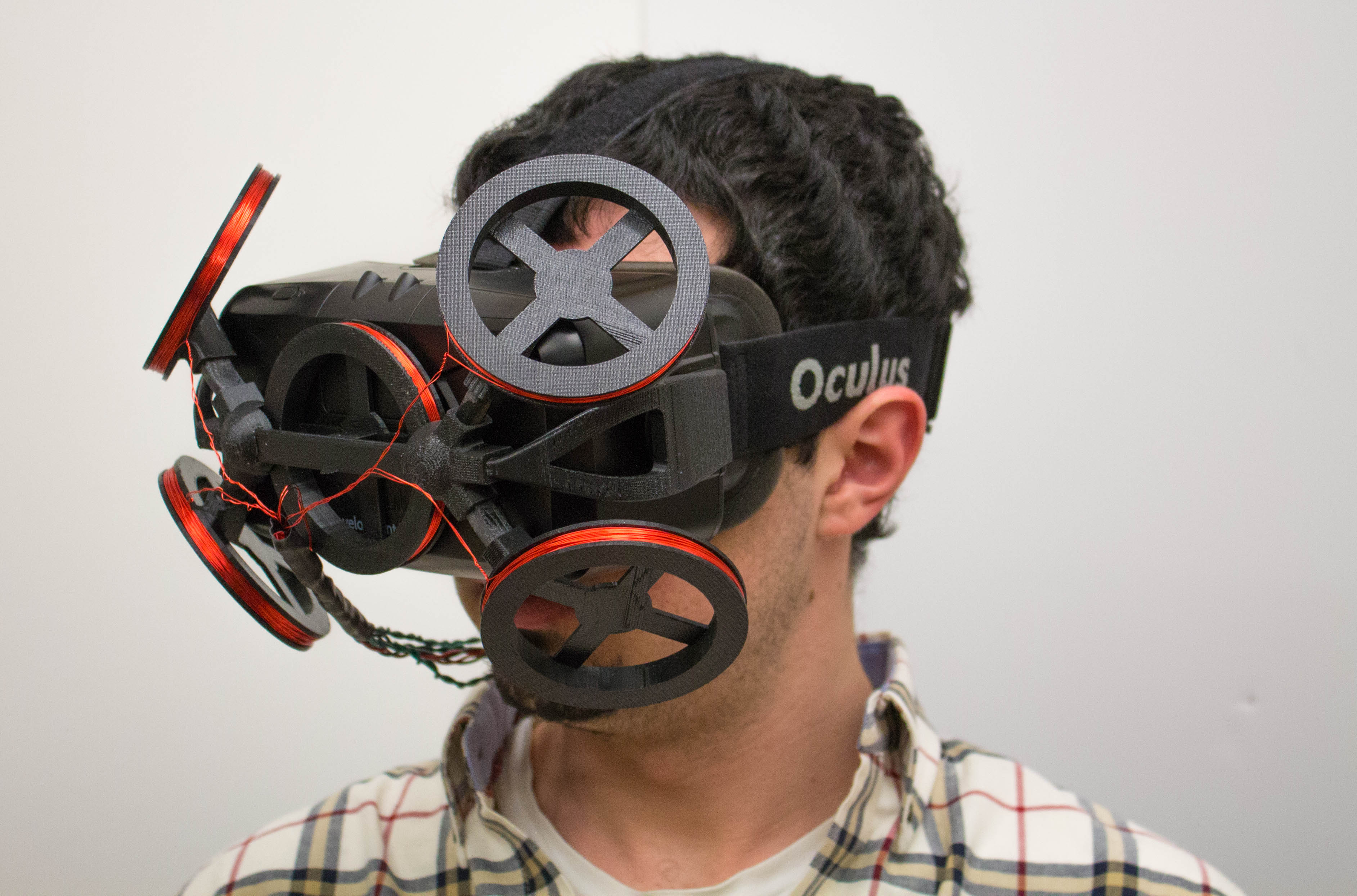

For several years now, consumer-facing technology companies have regularly used eye tracking to assess user behavior while testing their products.Įye tracking is commonly accomplished by employing near-infrared technology along with a high resolution camera to track a person’s gaze. In the 1980s, market researchers used eye tracking to assess the efficacy of advertisements. It has been attempted since (at least) the early 1900s to study reading. What Is Eye Tracking?Įye tracking is not entirely new. However, considering the nature of information that can be gleaned from eye-tracking data, there may be regulatory risks in collecting and using such data. This greatly reduces the workload for the device and enhances the experience.Įye-tracking technology has the potential to significantly enhance user experience and enable VR in a manner that physical control devices cannot. A user’s gaze is also being employed for “ foveated rendering.” This is a technique where a user’s natural gaze renders the VR experience only within the area of the eyes’ focus. Companies are pursuing the idea of enabling a user’s natural gaze to control interactions with the VR interface. While these methods offer some benefits, they fail to create a truly immersive experience. There has been an increase in VR content, with several players exploring virtual and augmented reality solutions.Ĭompanies creating VR devices have explored various means of user interaction: voice, motion controls (e.g., smart gloves) and handheld devices (e.g., joysticks).

Virtual reality (VR) is poised for widespread adoption and promises to be a $40 billion industry by 2020.


 0 kommentar(er)
0 kommentar(er)
